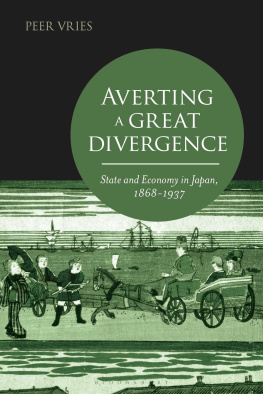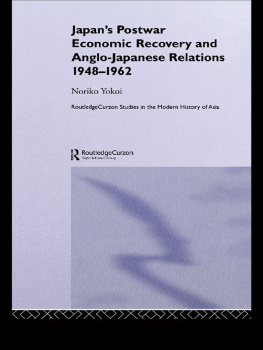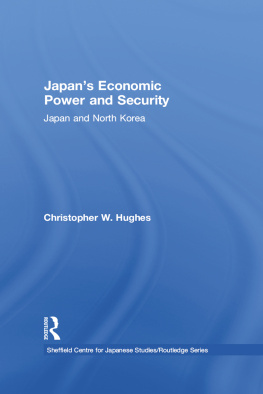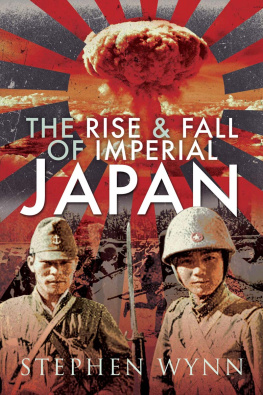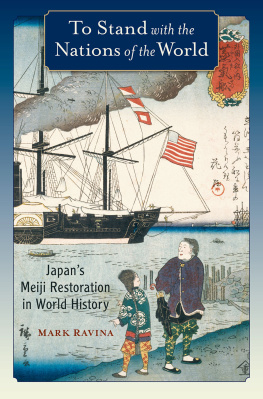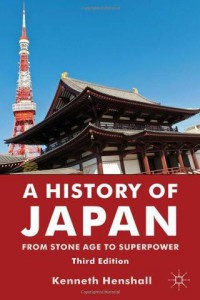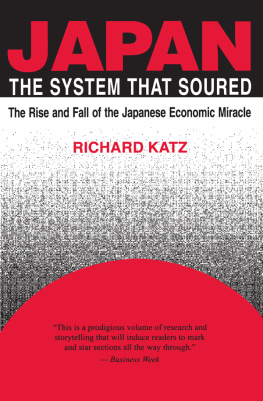
Averting a Great Divergence

Contents
Wildly differing opinions
It is now some twenty-five years that I have been studying the Great Divergence, particularly the role the state has played in it. This debate on the emerging of this huge global gap in wealth, development and growth, and thus on the origins of modern economic growth, has long focused on comparing China and North-western Europe, in particular Great Britain, in the early modern era. That is striking because, as has become increasingly clear, the differences between these two societies were actually so numerous and big, that comparing them is not very informative when it comes to explaining what caused one of them to industrialize whereas the other did not. The world of surprising resemblances, in the famous expression by Kenneth Pomeranz, actually has proved to be a world of fundamental differences. That makes it a fruitless endeavour to try and isolate causally relevant factors via comparison of these regions.industrialization, commencing in the nineteenth century. A student of the origins of modern economic growth can only profit from analysing this case of a major, non-Western country that managed not to fall further behind in the nineteenth century.
The Japanese case is even more interesting, for me at least, as it provides an excellent testing ground for all sorts of claims about the role of the state in fostering or hampering the emergence of modern economic growth. That is a highly debated issue, not just in general but also, as we will see, in the case of Japans history since at least the Meiji Restoration. As in all my work, I will focus on the period of transition, in this case the period when Japans economy took off and modern economic growth emerged. More concretely, that boils down to studying the period when the countrys industrialization took place.Meiji era, 18681912. That seems justified. Indeed, there can be no discussion that the Meiji Restoration was a period in the economic history of Japan when economic growth accelerated sharply and all the features associated with industrialization became prominent. Any study of the origins of modern economic growth in Japan will have to give a very prominent position to the Meiji era.
A growing group of scholars, however, holds the view that the Meiji Restoration was less of a break for Japans economy than has long been claimed and that the economic spurt after 1868 would have been inconceivable without developments that had already taken place in the Tokugawa era, 16031868. The picture of Tokugawa Japan, that has long been rather bleak, has changed substantially and many scholars now claim that Japans take-off under Meiji rule cannot be understood without studying the Tokugawa legacy. Although, as will be apparent in my text, I think that there has emerged a tendency to hold too rosy a view of the economy and society of Tokugawa Japan, the revisionists undoubtedly had a point. Tokugawa Japans economy was more developed and dynamic than scholars focusing on the Meiji Restoration as a completely new beginning have long been willing to admit. I have therefore decided to systematically extend my analysis backwards at least in those cases where that might make sense. Actually, most of my comments with regard to the pre-Meiji period will pertain to the second half of the Tokugawa reign.
Going back several centuries in time in my view is not very helpful, even though certain quite influential scholars do so and emphasize that Japan had already been like the West and thus endowed with more dynamism long before the Meiji or even Tokugawa era. Yosaburo Takekoshi, the author of the influential and voluminous The economic aspects of the history of Japan, in another publication from 1939, claimed:
Japan has become a world power as a result, not of achievements of half a century or so, but of the developments made along the same path of progress, as has been followed by the peoples of the oldest history of Europe.
Tadao Umesao, another quite influential author, in his Ecological view of history, wrote the following sentences that concisely express what he thinks about Japans position in the world:
There are two regions of the Old World that remained unscathed by the violence emanating from the dry centre. These lie at the eastern and western extremes of the Eurasian continent: western Europe at the one end, and Japan at the other. In these areas civilization was nurtured in relative security. The very similar ecological circumstances of western Europe and Japan caused them to follow parallel paths of historical development. It was these two regions that fostered the development of modern civilization while regions such as China India, Russia and the Islamic world suffered the misfortune of repeated destruction.
If Japan had not isolated itself in the seventeenth century, so he thinks, it would have industrialized at about the same time as Great Britain. Interesting as such perspectives of the longue dure may be, I think discussing periods further back in time than the Tokugawa period will not provide concrete extra information for answering the questions I would like to answer.
There is of course also the question of when to stop. On the basis of my reading, it seems there is a general consensus that with the end of World War One Japan was no longer a traditional pre-industrial society, or, for that matter, a weak state. All the usual indicators, e.g. growth rates of GDP or of production in manufacturing, the introduction of modern technology and sources of energy, point in that direction. During my research, I became convinced that extending the period by twenty-five years after the end of Meiji rule would enable me to get a better view on structural transformations and continuities than only looking at the Meiji era and the period of World War One. I can only hope that the reader will, at the end of my book, agree.
So much about the demarcation in time, what about demarcation in space? Considering what is probably the most consequential change in historiography over the last decades, the rise of
Most of my comparisons will be synchronic, in chronological time. They will juxtapose phenomena at the same moment in chronological time. That means that what went on in Japan at a certain point in time, say 18681937, is being compared to what went on in other countries at the same time. Several comparisons, however, will be synchronic in what I call historical time. That means that what went on in Japan at a certain moment in time, let us again say between 1868 and 1937, is compared to what went on in other countries when they were in a similar stage or at a similar level of their development. The reason for using these two kinds of comparisons is that they can complement each other. A country that catches up by definition started later, which should be taken into account, but on the other hand it is always contemporaneous with the countries it wants to catch up with, which determines to what extent it has indeed caught up.
My focus is on the importance of the state, not only of its explicit economic policies but also and deliberately because I think these get far too little attention in the literature on comparative industrialization of the economic implications of simply having or not having a certain kind of state with a certain structure, institutions and capabilities. In my analysis, I have tried as much as possible to underpin my claims with figures. I realize that many of these figures are and can only be approximations or estimates, in particular those referring to Tokugawa Japan, which moreover are often not easy to compare. I therefore as a rule use them as rough indicators of orders of magnitude and changes over time.
Next page
